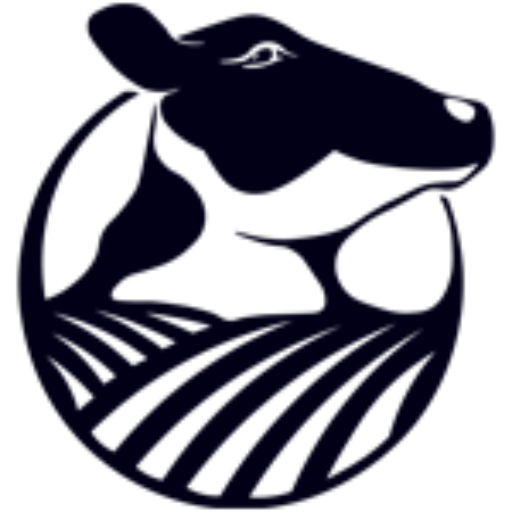How RuFas Works
RuFaS is built with 4 interconnected, biophysical modules (animal, manure, crop & soil, feed storage) and 3 systems modules (economics, environmental impact, energy). RuFaS simulates a single farm as the system boundary, is continuous in time, and uses a daily time step to pass information between modules about carbon, nitrogen, phosphorus, water, and energy flow through the farm system. Users tailor model inputs and outputs to meet their information needs. RuFaS uses modern python code and the high levels of coding standards, transparency, and documentation to ensure model flexibility, clarity, adaptability, and persistence. It simulates a wide variety of feeding, cropping, and manure management practices to represent many farm types and analyze production, profitability, and sustainability footprints. The model will have a range of applications, from a research tool for scientists to a decision-aid tool for the dairy industry.
The Animal Module combines the life-cycle of dairy cow growth, reproduction, and lactation with culling and replacement purchases to represent herd structure. Lactating cow, dry cow, heifer, and calf ration formulation, enteric methane production, and manure excretion are implemented. We are currently developing methods to represent the impact of feeding enteric methane mitigation supplements and evaluating the function and accuracy of the model.
The Manure Module collects cow-excreted nutrients from the Animal Module and simulates a flexible combination of manure management processes that represent common collection, conveyance, processing, and storage options in US dairy systems. Current work is evaluating the predicted emissions from manure management and implementing the transfer of manure to the Crop and Soil module for application in the fields.
The Crop & Soil Module has fully implemented soil hydrology, nitrogen, phosphorus, and carbon cycling and simulates tillage, fertilizer and manure application, planting, and harvesting of corn, soybeans, alfalfa, tall fescue, beets, winter wheat, and cereal rye. Current work is focused on evaluating module functionality and prediction accuracy.
The Feed Storage Module estimates carbon, nitrogen, and water transformation and loss during harvest and ensiling for alfalfa and corn silage. Automated inventory management ensures allocation of farm grown feeds to maintain stocks and meet nutrient requirements. Methods to store other farm-grown feeds like hay and grains are under development.
How We Are Funded
Innovation Center for US Dairy ($1,200,000; 2019-2024) – Support for postdoctoral scholar and student computer engineers to build the Animal Module and to complete the work required for RuFaS to become the backend of FARM-ES
General Mills ($250,000: 2020-2022) – Support for postdoctoral scholar and graduate student to build animal welfare module, representation of complex cover crops, and initiate data integration from on-farm software
NorthEast Agribusiness and Feed Alliance ($100,000) – Start-up funds for Dr. Reed to support general program needs
NIFA-IDEAS Program ($1,000,000: 2020-2024) – Support for animal nutrition model, manure model, crop and field expansion, and systems balance reporting. Grant #2020-68014-31466
Contact Kristan Reed (rufascornell@gmail.com, kfr3@cornell.edu) for more info

